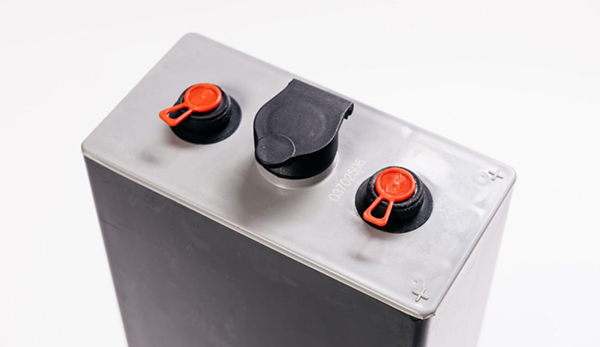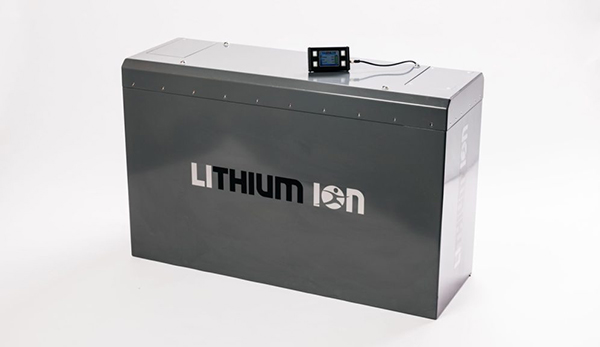A guide to electric forklift battery options
转载 2022-05-10 09:23 shdlogistics Source:shdlogisticsWhen it comes to batteries, each technology has its own advantages, just as every application has its own requirements.
So, while this article can’t advise what’s right for you, I hope it offers some insights into what’s available, along with some pros, cons, and tips.
When it comes to batteries, each technology has its own advantages, just as every application has its own requirements.
So, while this article can’t advise what’s right for you, I hope it offers some insights into what’s available, along with some pros, cons, and tips.
Traditional lead acid is popular for good reason. It’s cheap, reliable and recyclable (98% is recovered and re-used).
Indeed, if you are already using lead acid batteries, and have the infrastructure and the competence to manage your batteries (and are getting the performance you require), there’s a strong argument for staying with what you’ve got.
However, for flooded lead acid batteries to survive and keep delivering high output, maintenance (especially topping up) needs to be done regularly, reliably and with care. If that can’t be guaranteed, lithium-ion may be a better option as it eliminates topping up and maintenance. That said, lithium-ion is significantly more expensive. A cheaper alternative may be a battery topping up service from a specialist supplier like the one we offer. For very little cost you can protect your truck’s most valuable asset via expert, local specialists.
Cons:Slow recharge (fastest is 5.5 to 6 hours). Needs regular and careful topping up to prevent damage. Risk of acid spill. Need for ventilation. Spare batteries will be required for shift work (plus battery change equipment). Shorter lifespan/cycle life than lithium-ion.
Pros: Familiar technology. Low cost. Recyclable. Gets the job done.
Tip: Consider introducing more efficient “intelligent” chargers that will not only cut your energy bills but also extend battery life.
Enhanced lead acid (QUASAR) – the best of both worlds?A new range of heavy-duty batteries combines the benefits of traditional lead acid with the convenience of rapid, opportunity charging normally associated with lithium-ion. They also off some very attractive performance benefits.
Ideal for demanding, multi-shift and heavy-duty applications, the enhanced lead acid QUASAR battery harnessesthin tube technology in the positive plate and innovative carbon nanotube technology in the negative plate.
The result is 25 percent longer run times in ambient temperatures, higher discharge rates, higher energy density, and lower internal resistance for faster, more convenient charging.
In short, you get far higher output from the same footprint as a standard lead acid battery whilst eliminating risk of power collapse on ramps, in hostile environments and in heavy-duty cycles.
Cons:Needs regular topping up to prevent damage to the battery. Risk of acid spill. Requires ventilation. Shorter lifespan/cycle life than lithium-ion (but greater than standard lead acid).
Pros: Cheaper than lithium-ion. Lower capital cost than standard lead acid as few batteries and chargers are required (which also frees up floor space). Greater run times than standard lead acid (which can often deliver an additional shift). Fast, opportunity charging and fewer battery changes.
Tip: With its extra-long shifts and powerful performance in challenging environments, QUASAR is an economical, emission-free replacement for diesel in almost any application.
Perhaps the single biggest attraction of lithium-ion is convenience. There’s no topping up, no acid, no gassing and no maintenance. There are no battery changes, no changing equipment, no damage and, as there is no charging area, greater space utilization can be achieved.
Lithium-ion batteries can be rapidly recharged during lunch or tea breaks so they’re always available. Even from 90 percent DOD (depth of discharge), lithium-ion is good to go after a single, one-hour charge.
Although the initial purchase price is much higher than standard lead acid, a lithium battery will typically last five to six times longer and deliver 5,000 cycles (compared with 1,500 for standard lead acid).
And, because the battery controls the charge levels, it’s protected against over charge/discharge.
Cons:Significantly higher initial cost. Large AC power draw may make it unsuitable for some premises and installation may well require a load power management system. Because of power draw, break times may need to be staggered to facilitate charging. Getting the specification right is crucial to meet the demands of the site at the right price.
Pros:Convenient. Zero battery maintenance, no charging area or related equipment. Really rapid “plug and play” charging. Maximum availability. Long working life.
Tip: There are two main types of lithium-ion battery chemistry so check which one is best for your application. Lithium Nickel Manganese Cobalt Oxide (NMC) can appear slightly more expensive than Lithium Iron Phosphate (LFP) but this is offset by longer battery life/more cycles, higher specific energy, greater energy from the same footprint, and higher residual value.
Whether you are replacing old electric trucks or switching from diesel to cut running costs, reduce your carbon footprint and improve staff welfare, prepare to be dazzled!
Relevant Info
More- Toyota launches MyToyota Portal to revolutionise forklift fleet management
- Clark crossover forklift shows its strength at Duisburg Zoo
- Crown forklifts boost Decostar’s warehouse productivity by 18%
- Bobcat unveils first lithium-ion 3-wheel forklift in major electric push
- Toyota’s Traigo_i scoops second major design award
- Hangcha Partners With Yuantong on First NA Forklift Shipment
- HELI Launches Major Production Base in Thailand
- Grand Opening of Hangcha Middle East in Dubai
- X Series Low Level Order Picker: Move as One
- 2025 HELI Global Dealer Conference Concludes Successfully

